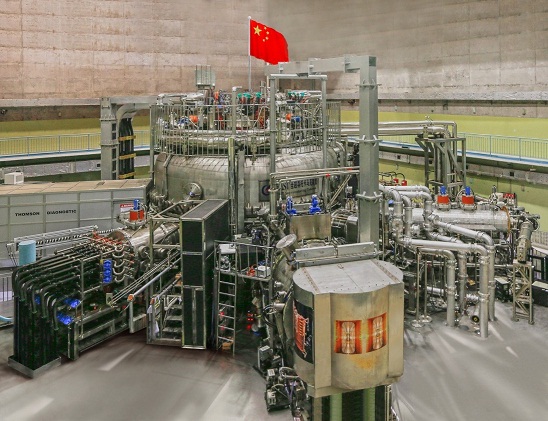The acceptance panel, authorized by the National Development and Reform Commission (NDRC), commended the project construction “with high quality, within budget and one year ahead-of- schedule,” after listening and examining the technical acceptance reports on the engineering, construction and safety, machinery and equipment, finance and documentation and a field inspection.
Approved in 2008, EAST auxiliary heating system construction began in November 2011, to be finished in four years. Now with this additional heating power to enable high-level plasma physics research, EAST enters its second phase.
Aiming at long pulse plasma discharges, a series of experimental techniques have been developed on EAST in recent years. Tremendous efforts have been made during past two years to enhance the EAST capabilities; nearly every sub-system except superconducting magnets has been upgraded or modified to enable higher performance and truly steady state operation. In the coming experiment, 4 MW CW 2.45GHz and 6MW 4.6GHz LHCD systems, 12MW CW ICRF system with wide band frequency of 24-70MHz, 8MW 50-80keV NBI system, 2MW ECRH of 140GHz together with nearly 80 diagnostics will be ready.
As always, EAST is open to all world fusion communities. During the next 10 years, together with KSTAR, JT-60SA, WEST and LHD devices, EAST will be an important experimental test bench for conducting ITER related steady-state advanced plasma science and technology research.

EAST New View

EAST New Control Room
It can accommodate more than 400 scientists, is expected to be used in year 2015.